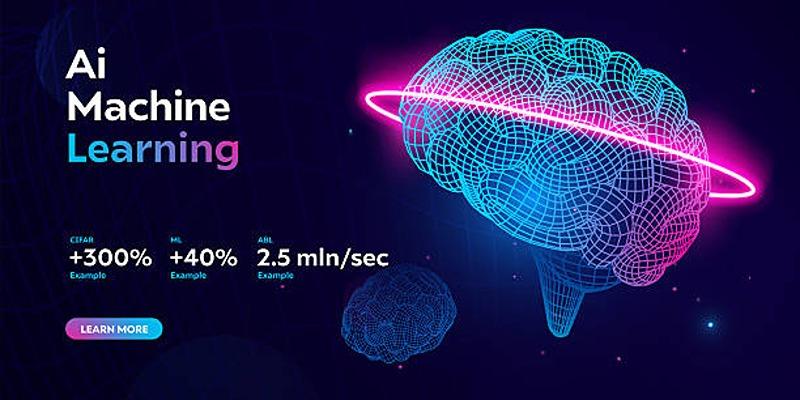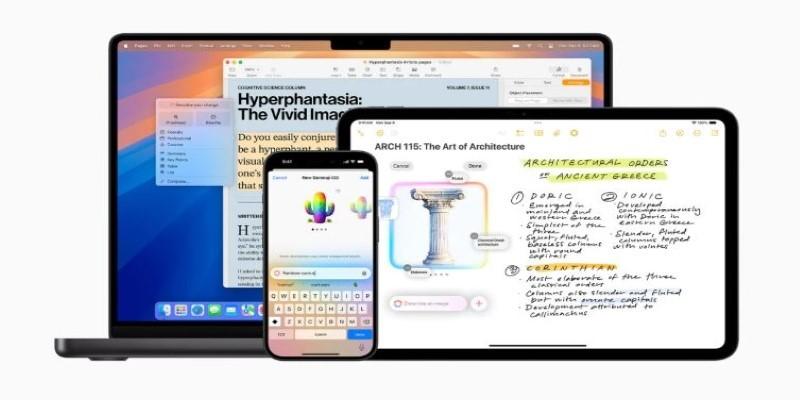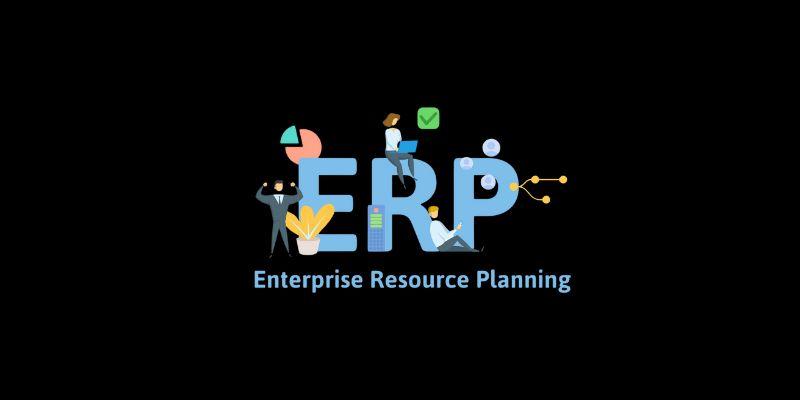Apple’s approach to artificial intelligence has always reflected its broader philosophy: useful technology should not come at the cost of user privacy. While many tech firms push aggressive data collection to train smarter AI, Apple focuses on building intelligence into its products without gathering personal data unnecessarily.
The company sees privacy as a baseline expectation, not an added feature. As AI becomes more integrated into everyday device use—from messaging to scheduling—Apple continues to design systems that prioritize what stays on your device and what little, if anything, gets shared. Its latest updates show how this balance can work in practice.
Apple’s AI Approach: Local Processing Over Cloud Dependence
A key part of Apple’s AI strategy is keeping data processing on the device itself. Instead of routing everything through cloud servers, Apple designs its systems to do most of the work on iPhones, iPads, and Macs. This is called on-device intelligence, and it powers features like voice recognition, autocorrect, and search suggestions. When your phone can respond without sending anything to external servers, your data remains under your control.

Siri, for example, has been reworked so that many requests are handled locally. When you ask Siri to set a timer or open an app, it can process that directly on the device. No audio clips are uploaded or saved to Apple’s servers. That shift greatly limits what Apple sees and stores.
The same principle applies to Face ID, keyboard suggestions, and photo organization. These systems make use of local hardware and machine learning models that are baked into the device itself. The goal is to provide smarter results while keeping your data on your device, not floating around on a server farm.
This isn’t just about safety. Local processing can also be faster. Without waiting for a network response, many AI features feel more immediate and seamless. It’s a practical win for both privacy and performance.
Federated Learning and Differential Privacy: Behind-the-Scenes AI Training
To keep improving its models without collecting individual user data, Apple relies on methods like federated learning and differential privacy. These technologies allow learning and improvement to happen in a way that hides personal details.
Federated learning lets Apple take insights from many devices without directly accessing the underlying data. Each device analyzes its usage and sends back a basic update to Apple’s system—without including any identifiable data. Those updates are combined into a smarter global model. This allows Apple to update AI features without pulling sensitive content like messages or search history.
Differential privacy adds another layer of protection. Even the updates sent back are blurred using statistical techniques. This means it’s nearly impossible to tell what any individual contributed. Apple can see overall trends—such as which new words people are using or how emoji preferences shift—but not specific entries.
These two techniques work together to build general intelligence across Apple’s ecosystem. They allow machine learning models to grow in accuracy while staying blind to the specific behaviors or data of individual users. For Apple, that’s a trade-off worth making.
Apple Intelligence: A New Era of Private AI Features
With Apple Intelligence, the company has rolled out a suite of new AI features that expand what users can do—while still following its privacy-focused structure. These features include writing suggestions, summarizations, and improved search functions across system apps.

Most of this functionality happens directly on the device, using the latest Apple silicon. When a task is too demanding, Apple uses something called Private Cloud Compute. This system sends the request to a special server built with the same privacy protections as the device itself.
What makes Private Cloud Compute different is how it handles data. Nothing is stored long-term. No request is logged. Apple engineers can’t access the request, and it isn’t linked to your Apple ID. Once the task is done—such as summarizing a long document or enhancing a writing prompt—the data disappears from the server.
This dual system allows Apple to expand what’s possible with AI while holding to its core promise. Whether the task is done on the phone or in the private cloud, the user’s information is never sold, profiled, or saved in a way that can be traced back.
Trust as a Product Feature, Not Just a Policy
Apple’s privacy-first AI strategy is built into the design of its products, not just the marketing. The company has no interest in building detailed profiles on users. It doesn’t sell targeted ads based on behavior, and it doesn’t track user activity across the web. That sets it apart from companies whose business models depend on data.
By keeping its revenue focused on hardware and services—not advertising—Apple has fewer reasons to collect personal information. That economic model shapes its software design decisions, too. It means Apple can improve AI features without pushing past people's privacy boundaries.
Even with these protections in place, Apple doesn’t ignore the wider AI landscape. With the introduction of Apple Intelligence, the company offers access to outside models like ChatGPT when users want it. But that access is optional and always clear. If a task requires ChatGPT, the user must give consent, and they’ll be shown exactly what’s happening.
In a tech world that’s constantly asking for more data, Apple is taking the opposite approach. It’s asking for less, building trust, and assuming people will prefer AI tools that don’t treat their data as a resource.
Conclusion
Apple’s strategy for building better AI without giving up user privacy reflects a clear set of priorities. The company doesn’t see privacy and innovation as competing goals. Instead, it treats them as design problems to be solved together. With on-device processing, federated learning, and privacy-focused cloud systems, Apple is trying to offer AI features that respect personal boundaries. As more of daily life involves AI—through suggestions, automation, and smart tools—users are being asked to trust the systems they rely on. Apple’s approach is to earn that trust not with promises, but through the quiet choices built into every layer of its technology.












